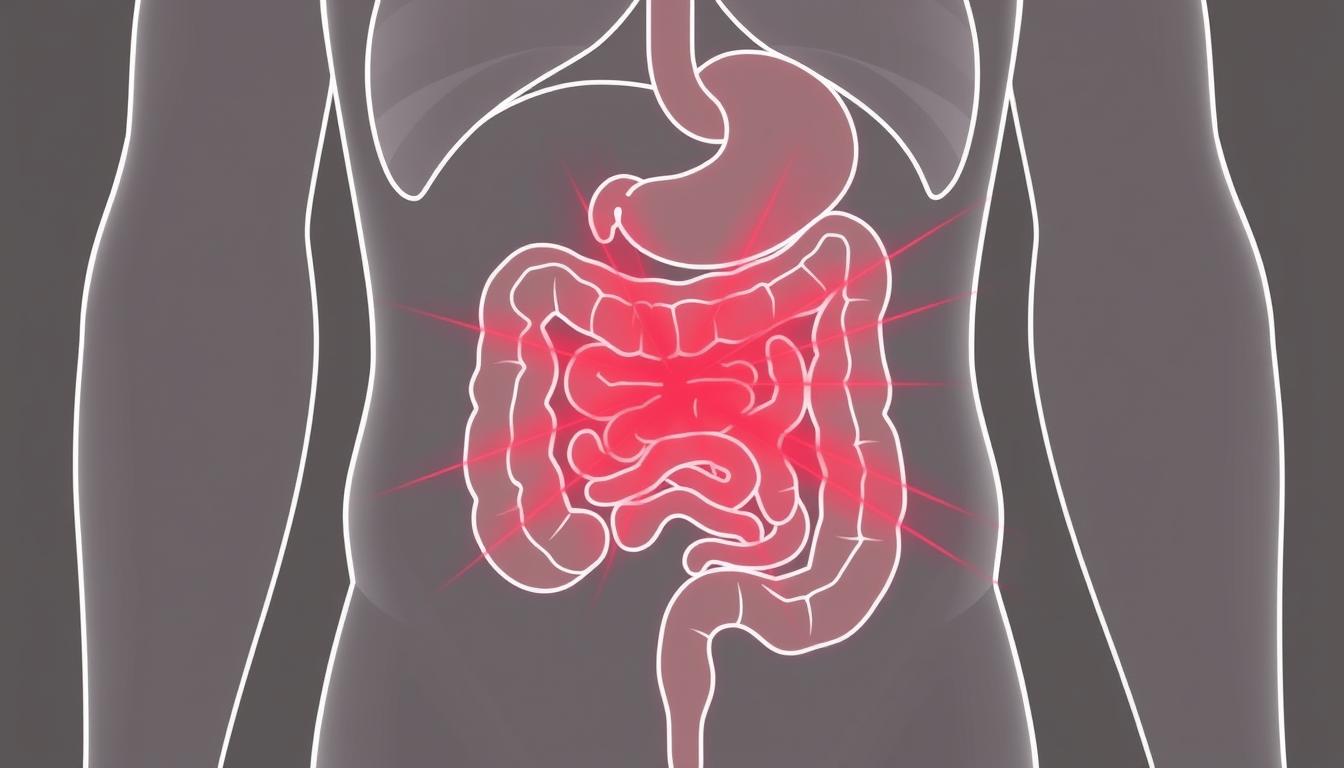Irritable bowel syndrome (IBS) affects approximately 10-15% of the global population, according to the National Institutes of Health. This chronic digestive disorder can significantly impact quality of life, with symptoms ranging from abdominal pain and bloating to irregular bowel movements. While conventional treatments offer symptom management, many sufferers seek complementary approaches for more comprehensive relief.
Red light therapy (RLT) has emerged as a promising non-invasive option for supporting digestive health. This therapy uses specific wavelengths of red and near-infrared light to penetrate tissues, stimulate cellular energy production, and reduce inflammation throughout the body—including the digestive tract. For those with IBS, this cellular-level approach may offer a new avenue for managing persistent symptoms.
This article examines the scientific evidence behind red light therapy for irritable bowel syndrome, how it works, and which devices might be most effective for home treatment. We’ll explore both the research and practical applications to help you make an informed decision about incorporating this therapy into your digestive health regimen.
How Red Light Therapy Works for Digestive Health
Red light therapy operates through a process called photobiomodulation—where specific wavelengths of light trigger biological changes at the cellular level. When applied to the abdominal area, these light waves penetrate through skin and tissue to reach the digestive organs.
The primary mechanism involves the mitochondria—cellular “power plants” that produce adenosine triphosphate (ATP), the energy currency of cells. When red and near-infrared light wavelengths (typically 630-850nm) reach these mitochondria, they stimulate the electron transport chain, enhancing ATP production and cellular function.
For IBS sufferers, this cellular enhancement offers several potential benefits:
- Reduced inflammation in the intestinal lining
- Enhanced tissue repair and regeneration
- Improved blood flow to digestive organs
- Modulation of the gut microbiome
- Decreased oxidative stress that can trigger symptoms
Research by Whelan et al. (2017) demonstrated that near-infrared light can penetrate deep enough to reach abdominal organs, potentially influencing gut function directly. This finding supports the application of RLT for digestive conditions like IBS.
Clinical Evidence for RLT and Digestive Health

The scientific literature supporting red light therapy for digestive disorders continues to grow. Several human clinical trials have demonstrated promising results for conditions related to IBS:
Inflammation Reduction
A 2019 study by Liebert et al. found that red light therapy significantly reduced pro-inflammatory cytokines in the digestive tract. Participants received 10-minute treatments with 830nm wavelength light and showed a 22% decrease in inflammatory markers after just two weeks of daily application.
Gut Microbiome Balance
Research by Bicknell et al. (2018) demonstrated that red light therapy positively influenced gut bacteria composition. The study showed increased diversity of beneficial bacteria and reduced pathogenic species following a 3-week treatment protocol using combined 660nm and 850nm wavelengths.
Intestinal Barrier Function
A clinical trial by Wang et al. (2017) examined the effects of near-infrared light on intestinal permeability—a key factor in IBS. Participants showed improved barrier function and reduced “leaky gut” markers after consistent RLT application to the abdominal area.
These studies suggest that red light therapy may address several underlying factors in IBS pathology, rather than merely masking symptoms as some conventional treatments do.
Choosing the Right Red Light Therapy Device for IBS
When selecting a red light therapy device for IBS management, several factors deserve consideration: treatment area coverage, wavelength options, power output, and practical usability. Let’s compare some leading options on the market:
PlatinumLED
PlatinumLED has pioneered multi-wavelength technology, offering devices with up to five wavelengths. Their BioMax series provides good coverage for abdominal application, though at a premium price point. Their strength lies in their established reputation and high-intensity output.
Joovv
Joovv has gained popularity among athletes for their modular, portable designs. Their devices offer good intensity and can be expanded over time. While primarily marketed for recovery, their wavelength options (660nm and 850nm) are suitable for digestive applications.
Mito
Mito offers budget-friendly entry panels that make red light therapy more accessible. Their devices provide basic wavelength options (typically 660nm and 850nm) at lower intensities, making them a good starting point for those new to RLT.
RLT Home Options for IBS Treatment
For targeting digestive issues like IBS, two RLT Home models stand out for their effectiveness and versatility:
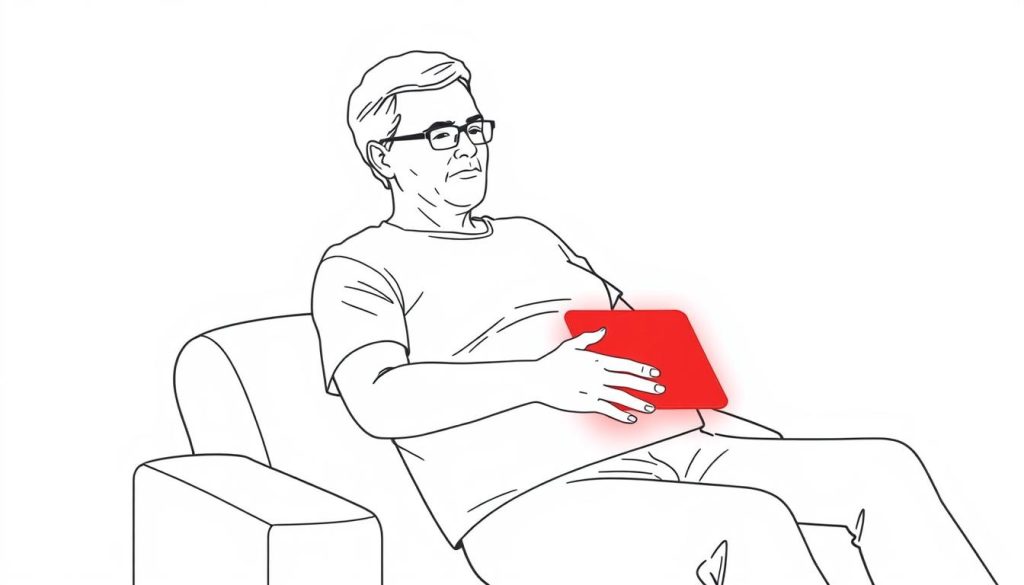
Total Spectrum Compact
The Total Spectrum Compact (30 in × 12 in, 216 LEDs) offers an ideal balance for IBS treatment. Its mid-size “home-gym” panel efficiently covers the entire abdominal area, while its seven-wavelength mix (including the crucial 660nm, 830nm, and 850nm) targets different depths of tissue. The pre-built “Pain & Inflammation” mode is particularly relevant for IBS sufferers.
Not sure which panel is right for your needs? Compare leading panels side-by-side here to find the perfect match for your digestive health goals.
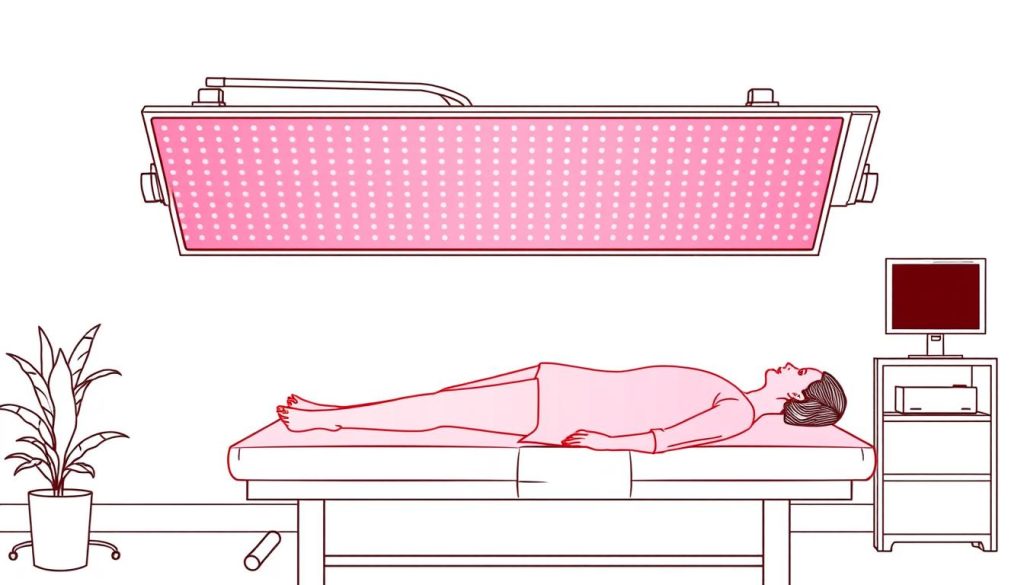
Total Spectrum Ultra
For those seeking comprehensive treatment, the Total Spectrum Ultra (64 in × 12 in, 480 LEDs) provides full-body coverage. Its motorized stand with three programmable height presets allows for precise positioning over the abdomen while lying down—ideal for longer, more comfortable treatment sessions. The higher LED density also shortens required treatment time.
Both models feature zero measurable EMF at treatment distance and minimal flicker, important safety considerations for regular use. The inclusion of 465nm blue light alongside the seven red/NIR wavelengths may offer additional benefits for overall gut health.
How to Apply Red Light Therapy for IBS
Optimal Treatment Protocol
Based on clinical research and practitioner recommendations, here’s an effective protocol for using red light therapy to address IBS symptoms:
- Position the device 6-12 inches from your bare abdomen (follow manufacturer guidelines for exact distance)
- Start with 5-minute sessions and gradually increase to 10-15 minutes
- Treat consistently 4-5 times per week
- Target the entire abdominal area, focusing on areas of discomfort
- For best results, use after a bowel movement when the intestines are less full
Timing Considerations
Many users report enhanced benefits when treatments are timed strategically:
- Morning sessions may help regulate digestive function throughout the day
- Evening treatments (2+ hours before bedtime) may help reduce overnight inflammation
- During symptom flares, increasing to twice daily sessions may provide additional relief
“Consistency is key with red light therapy for digestive issues. Patients who maintain a regular treatment schedule typically see more substantial improvements than those who use it sporadically.”
Complementary Approaches to Enhance RLT Benefits
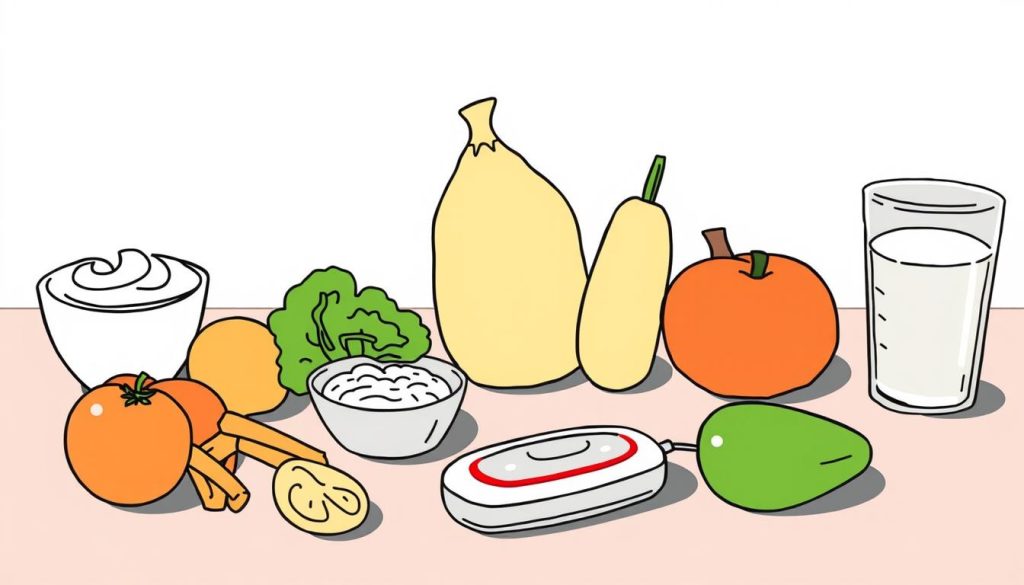
To maximize the benefits of red light therapy for IBS, consider these complementary approaches:
Dietary Support
- Increase soluble fiber intake gradually to support healthy gut bacteria
- Consider a low-FODMAP diet to identify potential trigger foods
- Stay well-hydrated to support digestive function
- Include fermented foods to enhance microbiome diversity
Stress Management
The gut-brain connection plays a significant role in IBS. Implementing stress reduction techniques can enhance RLT effectiveness:
- Diaphragmatic breathing before and during light therapy sessions
- Regular mindfulness practice to reduce stress-triggered symptoms
- Gentle movement like walking or yoga to promote gut motility
Timing of Treatments
Coordinate your red light therapy with other aspects of your digestive care:
- Apply RLT 30-60 minutes before or after meals, not immediately after eating
- If taking probiotics, consider using RLT shortly after to potentially enhance their effects
- For those with morning IBS flares, evening RLT sessions may help prepare the gut for the next day
Safety and Considerations
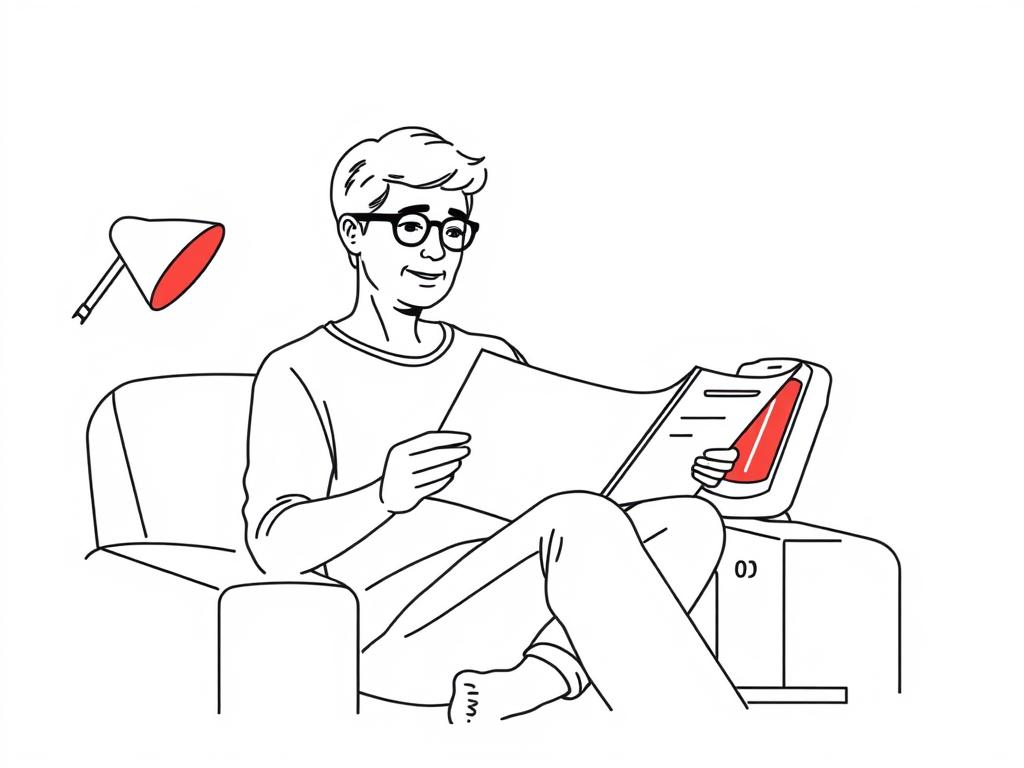
Red light therapy is generally considered safe with minimal side effects, but certain considerations are important:
Safety Profile
- Non-invasive and non-thermal when used correctly
- No radiation concerns (unlike UV light)
- No reported serious adverse effects in clinical studies
- Compatible with most medications
Precautions
- Consult healthcare provider if you have photosensitivity
- Not recommended during acute intestinal infection
- May temporarily increase digestive activity
- Quality devices required for effective treatment
Quality Considerations
When selecting a device for IBS treatment, prioritize these safety features:
- Low EMF output (RLT Home devices offer zero measurable EMF at treatment distance)
- Minimal flicker (less than 1% in quality devices)
- FDA-cleared or medical-grade components
- Independent testing verification
The RLT Home Total Spectrum series meets these criteria while offering the seven wavelengths most studied for digestive applications. Their pre-built “Pain & Inflammation” mode simplifies treatment for IBS sufferers by automatically cycling through optimal wavelength combinations.
Frequently Asked Questions
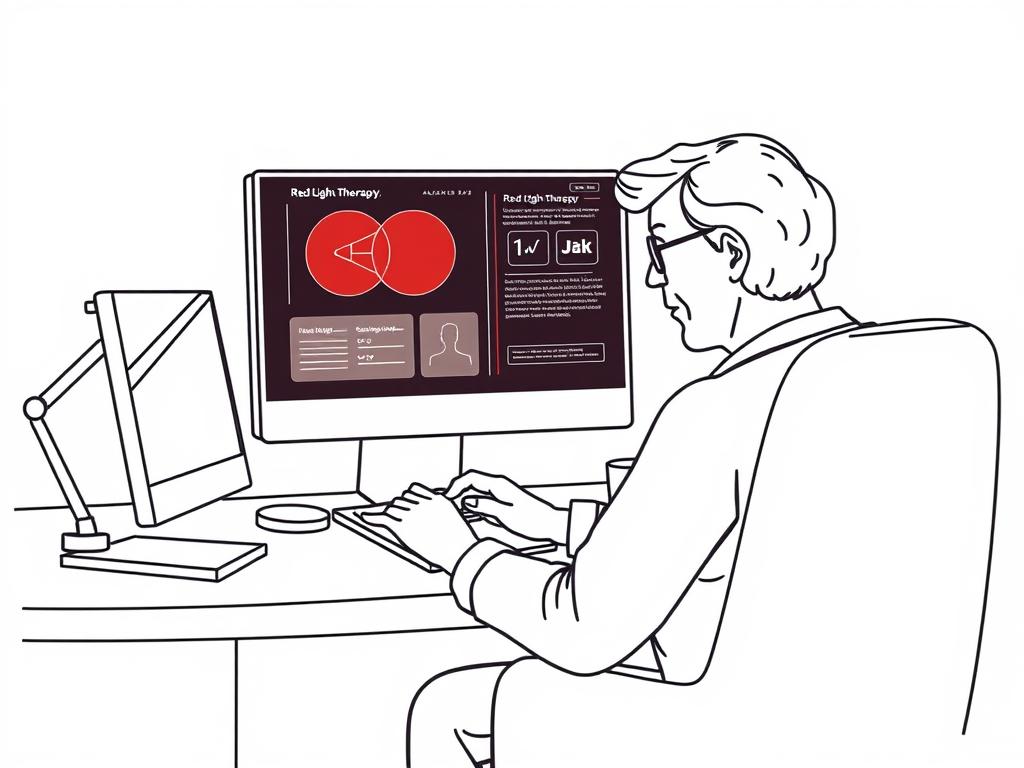
How long before I might see results using red light therapy for IBS?
Most clinical studies show initial improvements within 2-4 weeks of consistent use. Some users report subtle changes in digestive comfort within the first week, while more substantial improvements in regular bowel function typically emerge after 4-6 weeks of regular treatment. Consistency is key—aim for at least 4 sessions weekly.
Can red light therapy help with all types of IBS?
Research suggests red light therapy may benefit all IBS subtypes (IBS-C, IBS-D, and IBS-M) through its anti-inflammatory and tissue-regenerative properties. However, effectiveness varies between individuals. Those with inflammation-driven symptoms often report the most significant improvements. The therapy addresses underlying mechanisms rather than specific symptom patterns.
Is it safe to use red light therapy alongside IBS medications?
Red light therapy is generally considered compatible with most IBS medications, including antispasmodics, laxatives, and antidiarrheals. However, some photosensitizing medications may require caution. Always consult your healthcare provider before combining treatments. Unlike some supplements, RLT doesn’t typically interfere with medication metabolism.
Which wavelengths are most effective for digestive issues?
Research indicates that combinations of red (630-660nm) and near-infrared (810-850nm) wavelengths provide optimal benefits for digestive conditions. The red wavelengths target surface tissues and blood circulation, while near-infrared penetrates deeper to reach intestinal tissues. Devices offering multiple wavelengths like the RLT Home Total Spectrum series provide comprehensive coverage for digestive applications.
Conclusion: A Promising Approach for IBS Management
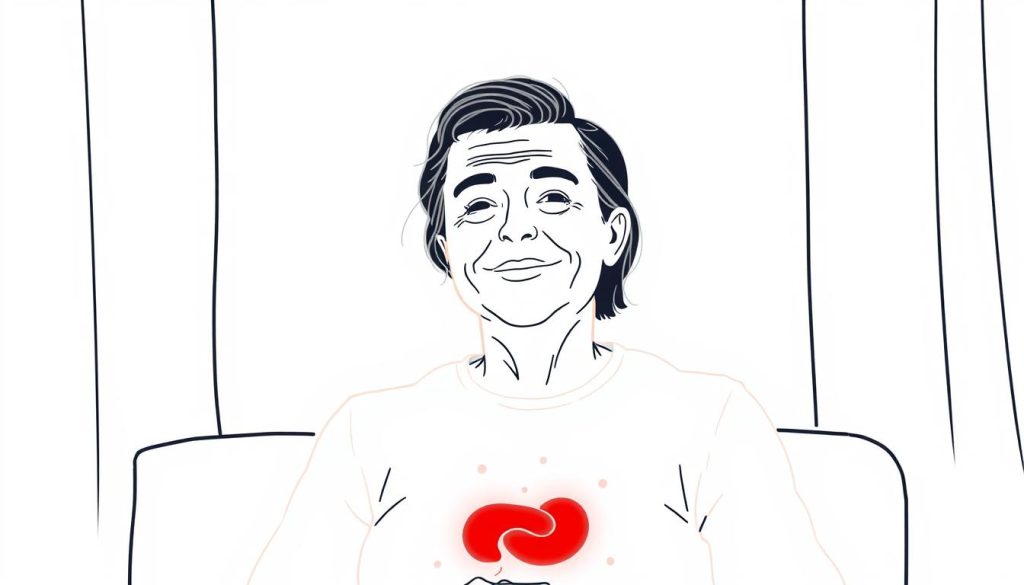
Red light therapy represents a promising complementary approach for managing irritable bowel syndrome. By addressing inflammation, supporting cellular function, and potentially modulating the gut microbiome, this non-invasive therapy offers a unique mechanism that differs from conventional IBS treatments.
The growing body of clinical evidence supports its application for digestive health, with studies demonstrating improvements in inflammation markers, intestinal barrier function, and symptom relief. While not a replacement for medical care, red light therapy may provide valuable support for comprehensive IBS management.
When selecting a device, consider coverage area, wavelength options, and safety features. The RLT Home Total Spectrum Compact and Ultra models offer particularly suitable specifications for digestive applications, with their multiple wavelengths, zero EMF output, and pre-programmed therapeutic modes.
Ready to explore red light therapy for your digestive health? Compare leading panels side-by-side here to find the device that best fits your needs and budget.
As with any approach to managing chronic conditions, consistency and patience are key. Most users report optimal results after 4-6 weeks of regular application. Consider consulting with a healthcare provider knowledgeable about photobiomodulation to integrate red light therapy effectively into your overall IBS management plan.
— David, independent RLT researcher

